Bees play an invaluable role in our ecosystems, but their populations are declining at an alarming rate. The question of what’s killing our bees is more pressing than ever, and the answer is multifaceted, involving pesticides, habitat loss, and diseases.
As we delve into the root causes of this decline, it’s important to recognize that our choices have a significant impact. This article explores how we can contribute to the conservation of these vital pollinators and safeguard our food supply and natural biodiversity.
How Can We Save Bees From Dying?
The challenge of saving bees from dying requires a multi-pronged approach. From individuals to large organizations, each of us has the power to make a difference.
Creating bee-friendly habitats is a straightforward step that can have a profound impact. By cultivating gardens with native plants and refraining from using harmful pesticides, we can provide bees with the nourishment and safety they need to thrive.
Supporting local beekeepers is another effective strategy. By purchasing local honey and other bee products, we’re investing in the livelihood of those who maintain healthy bee populations.
Advocating for sustainable agricultural practices is also crucial. Choosing organic products and supporting policies that limit pesticide use are ways we can extend our influence beyond our own backyards.
Lastly, raising awareness about the importance of bees is essential. Educating ourselves and others about the issues bees face and the steps we can take to help is a powerful tool for change.
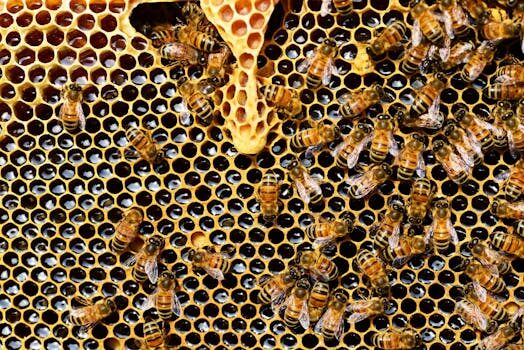
What Kills Bees Instantly?
Several factors can lead to the immediate death of bees, with one of the most notorious being the misuse of pesticides. Pesticides designed to kill pests can also be lethal to bees if not used correctly.
Colony Collapse Disorder (CCD) is another phenomenon that’s been linked to sudden bee deaths. Although its causes are still not fully understood, CCD results in the disappearance of worker bees, leaving behind a queen and immature bees.
Additionally, bees are highly susceptible to various diseases and pests, such as the Varroa mites, which can decimate entire colonies by spreading viruses and reducing the bees’ ability to fight infections.
Environmental factors such as extreme weather changes due to climate change can also kill bees suddenly. As our climate becomes more unpredictable, bees struggle to adapt to the rapid changes, leading to increased mortality rates.
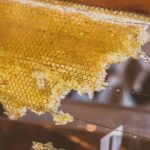 What is ethical honey and how can I find it?
What is ethical honey and how can I find it?How Can We Help Bees In Your Backyard?
Your backyard can become a sanctuary for bees with just a few simple adjustments. Consider the following tips to make your outdoor space more bee-friendly:
- Plant a variety of flowering plants that bloom at different times of the year to provide a consistent food source for bees.
- Avoid using pesticides and herbicides, as these can be harmful to bees.
- Provide a water source, such as a shallow bird bath with stones for bees to land on, to prevent drowning.
- Leave some garden areas untidy, with piles of wood or leaves where bees can find shelter and nesting sites.
By taking these steps, you can contribute to the survival of bee populations right in your own backyard.
What Efforts Are Being Made To Help Honey Bees?
Globally, there are numerous efforts underway to help honey bees. Conservation groups are actively working to protect habitats and create new ones by planting bee-friendly flora.
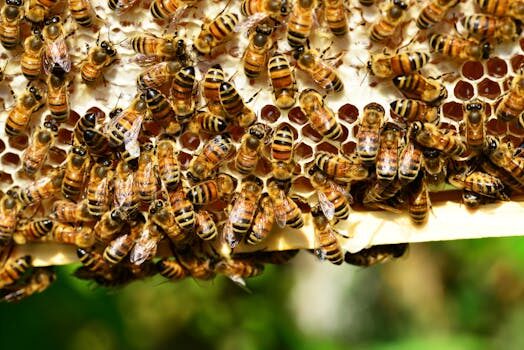
Farmers and scientists are collaborating to understand and implement sustainable practices that support pollinator health. This includes reducing pesticide use and finding alternative pest control methods.
Organizations are also engaging in breeding programs to develop more resilient bee species that can withstand diseases and pests.
Educational initiatives are being rolled out to teach the public about the importance of bees and how to protect them, including programs aimed at children to foster early awareness.
Advocacy groups are pushing for policy changes that prioritize the health of bee populations, proving that collective action can lead to meaningful progress.
How Can We Help Bees For Kids?
Children can play a vital role in bee conservation through fun and educational activities. Here are some ways to engage young minds:
- Planting bee-friendly gardens together, where children can learn about the types of flowers and plants that bees love.
- Creating bee baths or bee hotels, which can be a crafty and educational project.
- Reading books and watching documentaries about bees to raise awareness.
- Participating in local conservation efforts, such as community planting days or beekeeping clubs designed for kids.
By involving children in these activities, we not only help bees but also cultivate a new generation of environmental stewards.
What Can We Do To Save Bees?
There are actionable steps each of us can take to contribute to the conservation of bees:
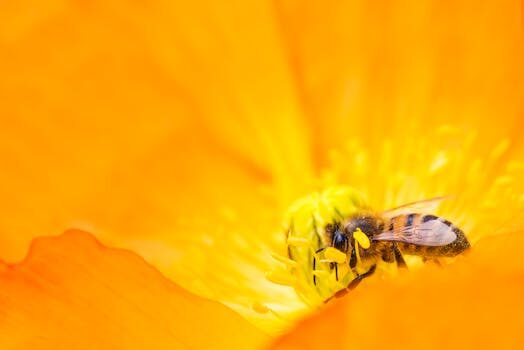
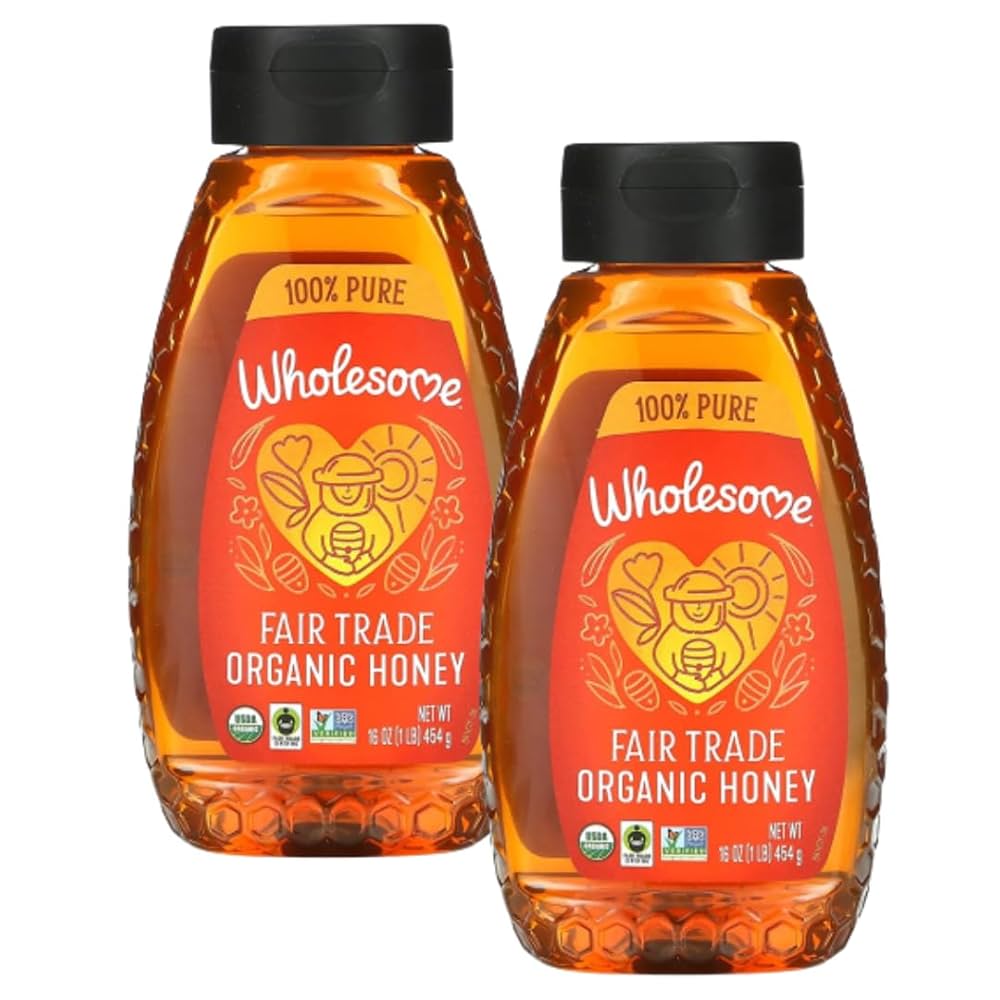 Organic honey for hyper wellness benefits
Organic honey for hyper wellness benefits- Support and purchase products from local beekeepers who practice sustainable beekeeping.
- Advocate for and support legislation that protects pollinators and their habitats.
- Participate in or donate to conservation groups focused on bee preservation.
- Educate yourself and others about the challenges bees face and share knowledge within your community.
Remember, the survival of bees is intricately linked to our own, and by taking steps to save them, we secure a more sustainable future for ourselves.
As we continue our efforts to protect bees, here’s an insightful video that further explores the plight of bees and what we can do to help:
Questions Related to Bee Conservation and Our Role
What Is the Main Thing Killing Bees?
While there is no single culprit, a combination of factors contributes to the decline of bee populations. Pesticides, habitat destruction, climate change, and diseases all play a part in this complex issue. Each factor alone can be damaging, but together, they can be catastrophic for bees.
Increased awareness and research are unveiling the complexities of these threats, allowing us to develop more targeted conservation strategies.
How Can We Solve the Problem of Bees?
Solving the problem of bee decline requires a multifaceted approach that includes reducing the use of harmful pesticides, restoring natural habitats, and supporting sustainable agriculture. It also involves broad educational efforts to inform the public about the importance of bees to our ecosystem and food supply.
On a larger scale, policy changes and government initiatives offer hope for a more coordinated and effective response to the threats bees face.
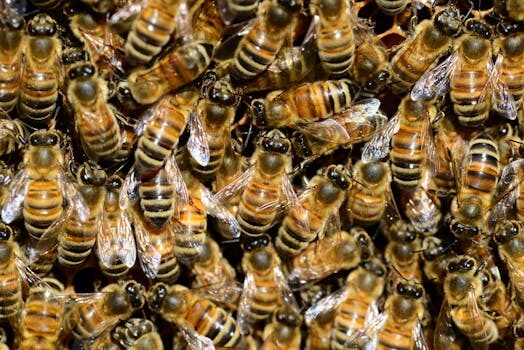
How Can We Help Save the Bees?
To help save the bees, we can start by making informed decisions about the products we buy and the practices we support. Choosing organic, supporting local beekeepers, and engaging in community efforts are all steps in the right direction.
Creating bee-friendly environments and reducing the use of chemicals in our gardens and landscapes also provide tangible benefits to bee populations.
What Is Harming the Bees?
Bees are being harmed by a variety of human activities, including the widespread use of pesticides and the destruction of their natural habitats. Additionally, diseases and pests, such as the Varroa mite, continue to threaten bee health on a global scale.
Understanding and mitigating these factors are key to protecting bees and ensuring the health of our ecosystems.
 Fermented foods and probiotic supplements for healthier skin, better poops, and a stronger immune system
Fermented foods and probiotic supplements for healthier skin, better poops, and a stronger immune system
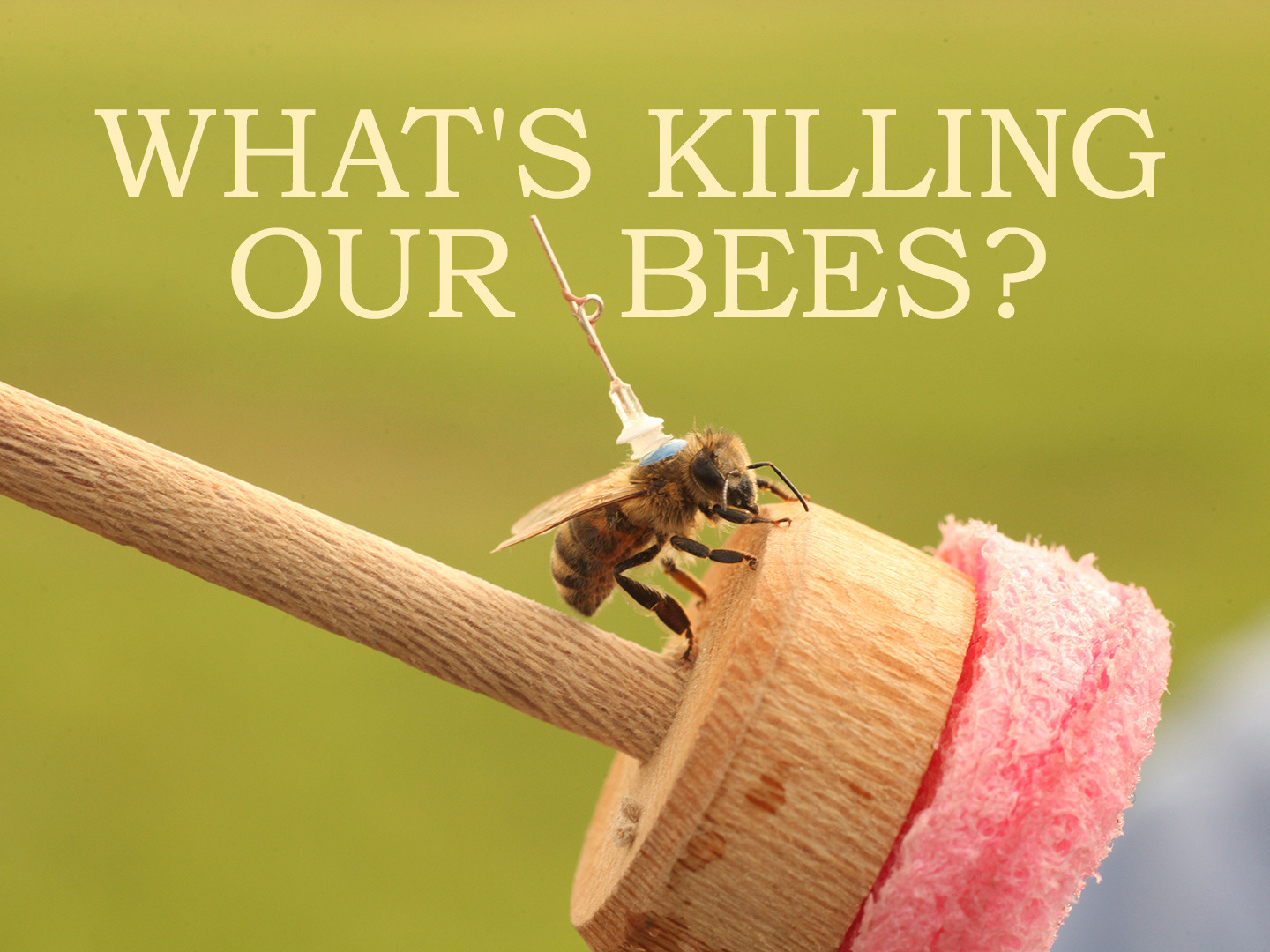
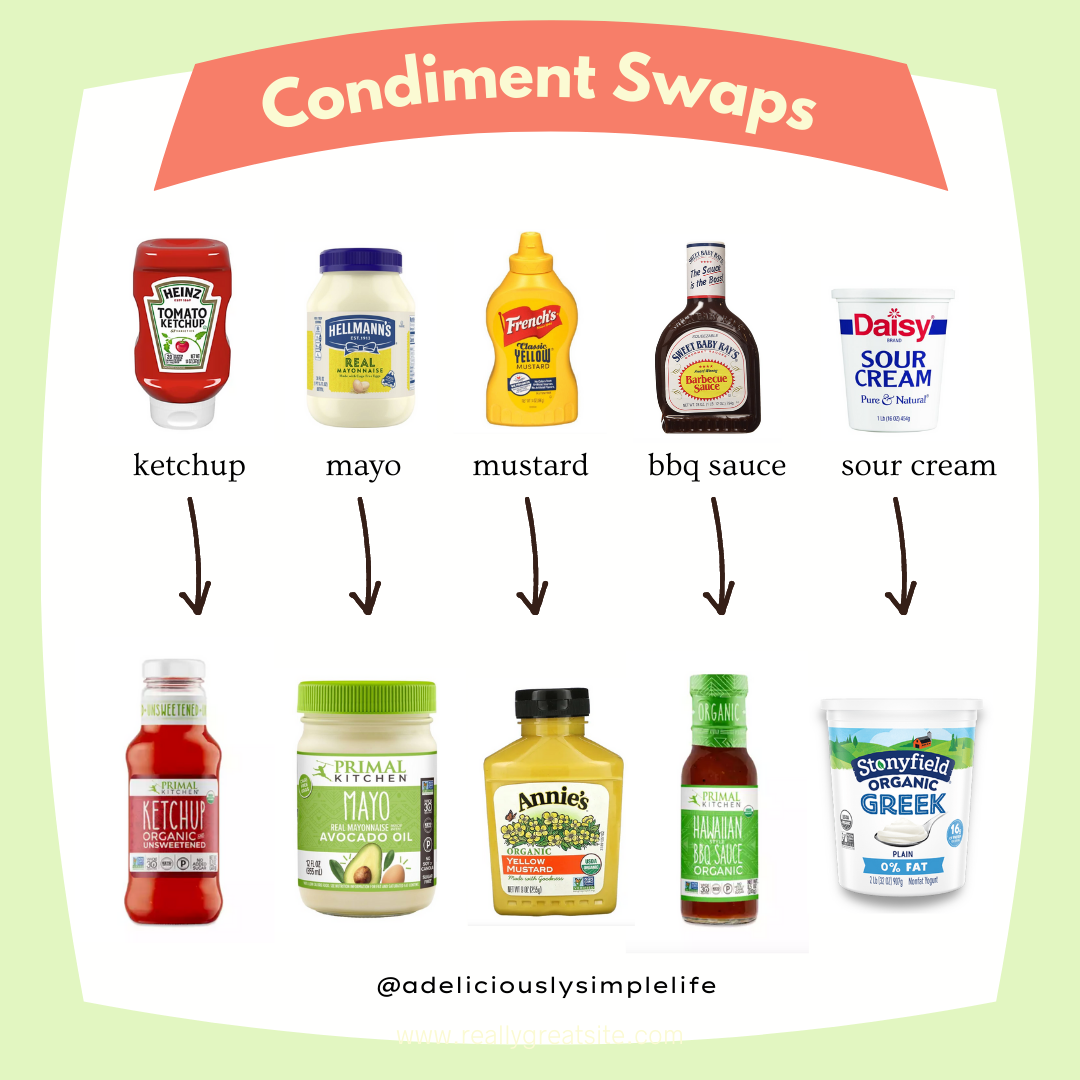

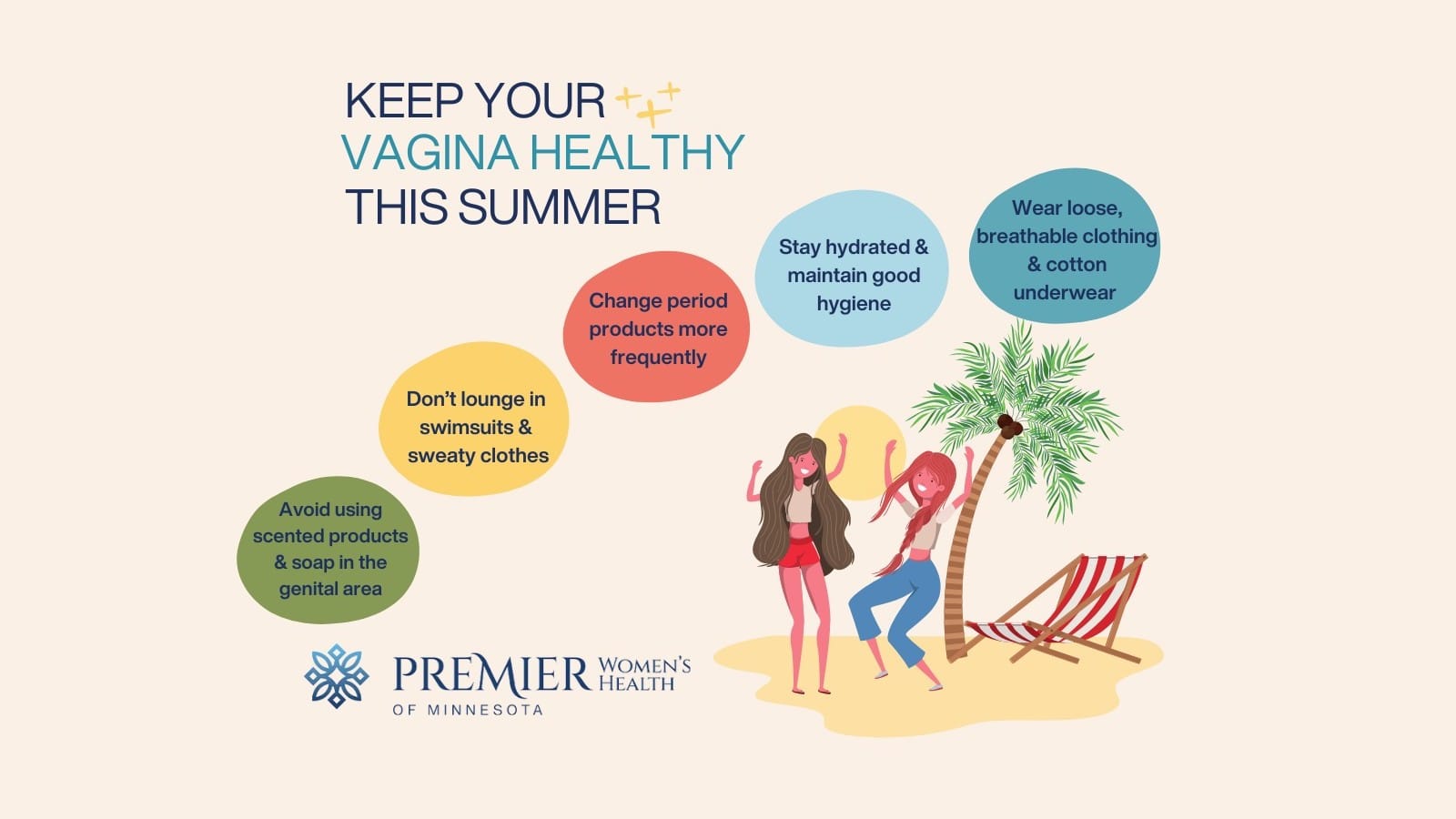
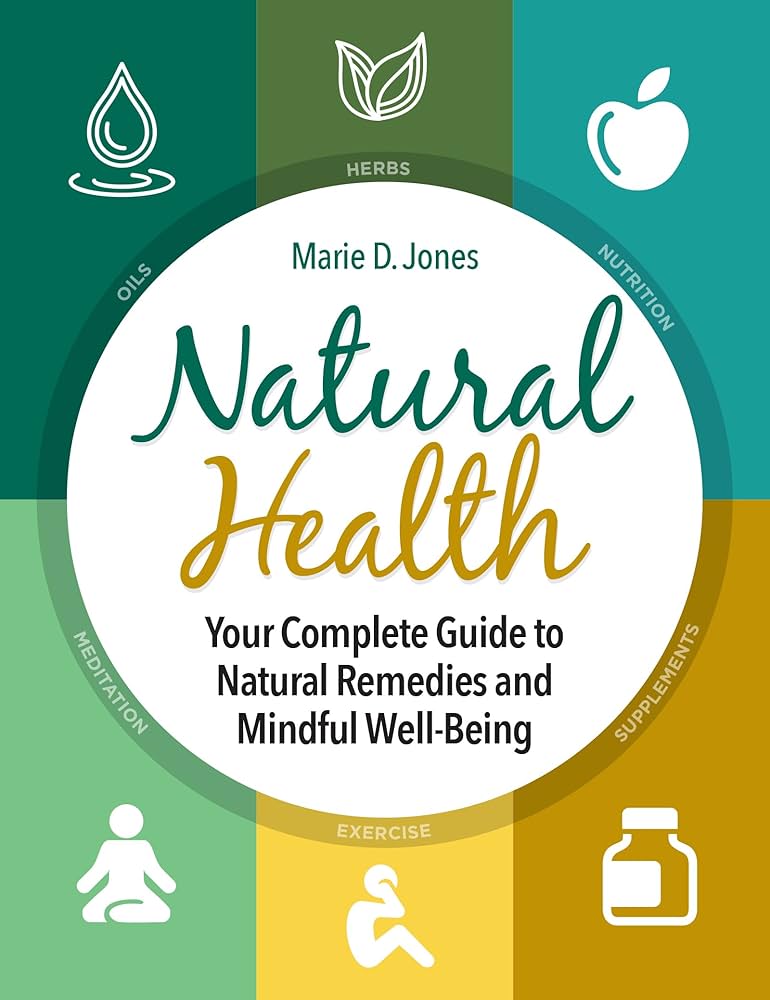
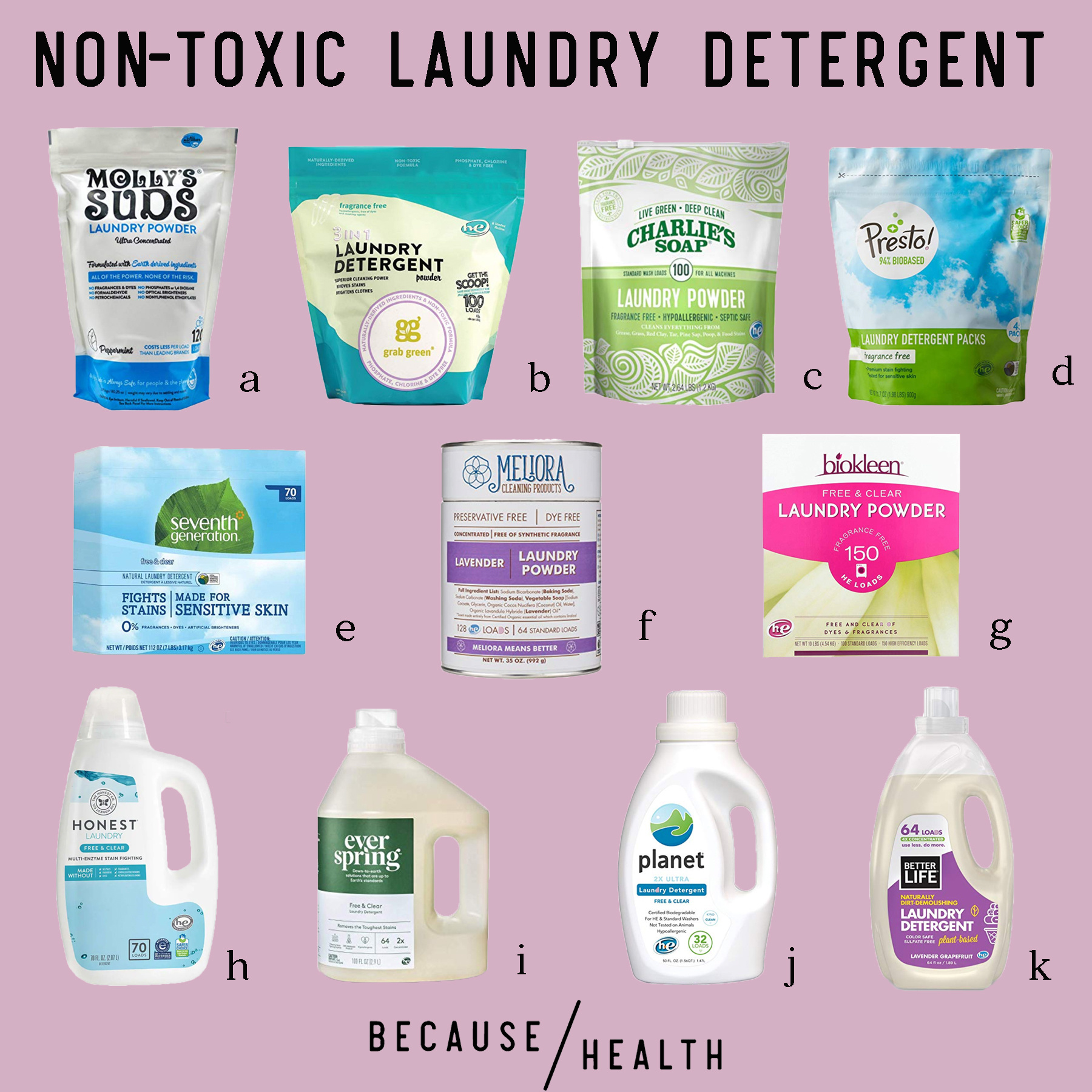
This post is a real eye-opener! It’s amazing to see how our small, everyday choices can have such a big impact on bee conservation. I love the practical tips on creating bee-friendly backyards and supporting local beekeepers. Empowering kids to get involved is such a great idea too—building awareness from a young age can really make a difference. Thanks for shedding light on such an important topic!